Art Direction is a language where visual elements are used to communicate a creative concept. It is an important part of the niche for creative industries like advertising, film, design, and publishing. Art direction is a blend of creative and strategic approach which emotionally and also at an intellectual level connects with the audience !
In the thriving world of advertising, where brands seek attention in an oversaturated market, art direction emerges as a small step yet makes a huge impact in the industry. Art direction shapes an advertisement to be more creative and gives out an emotion to the audience to capture.

In the thriving world of advertising, where brands seek attention in an oversaturated market, art direction emerges as a small step yet makes a huge impact in the industry. Art direction shapes an advertisement to be more creative and gives out an emotion to the audience to capture.
A simple message is not heard mostly due to its lack of transformation, art direction solves this equation by blending the strategic and creative approach to an impactful language. A brand’s story can be curated through art direction, that can convey a brand’s voice and resonate with the audience.
Art direction is a part of advertising campaigns which enhances its overall craftwork and visual creativity. It intends to focus on all the aspects of a campaign where imagery, colors, typography, composition, and overall aesthetics are made to its perfection to ensure the message is not just seen but felt within. An art director who does this job works closely with the copywriter, designers and creative teams to construct a visual language which is aligned with the brand’s identity and appeal to the target audience.
While many confuse art direction with design, the two are distinct yet interconnected. Designers focus on executing visuals, while art directors envision the bigger picture—they create the mood board, set the tone, and ensure that every visual element tells a story.

In advertising, first impressions are everything. A strong art direction solves this equation :
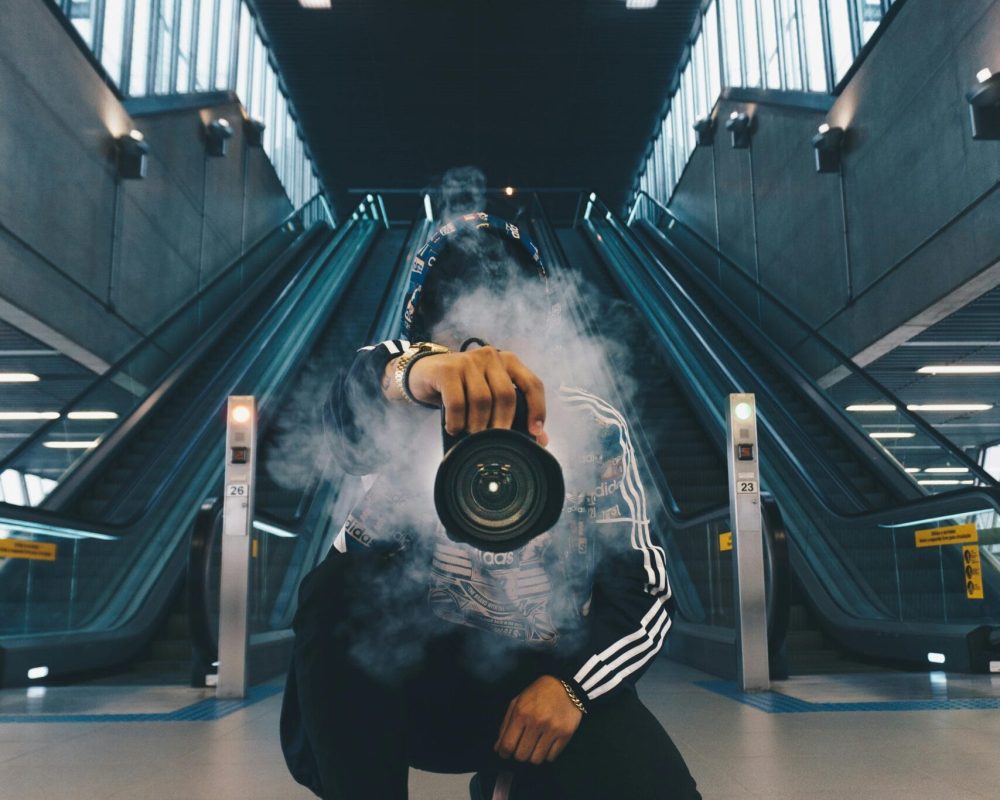
McDonald’s maintains strict consistency in its use of red and yellow, the iconic golden arches, and playful typography across billboards, packaging, and digital ads. This determines brand recall and strengthens its identity as a fast-food leader.
This resulted in high recognizability across markets, regardless of the medium.
Check Out the Branding Strategy Mcdonald’s used for their immense growth – Click Here
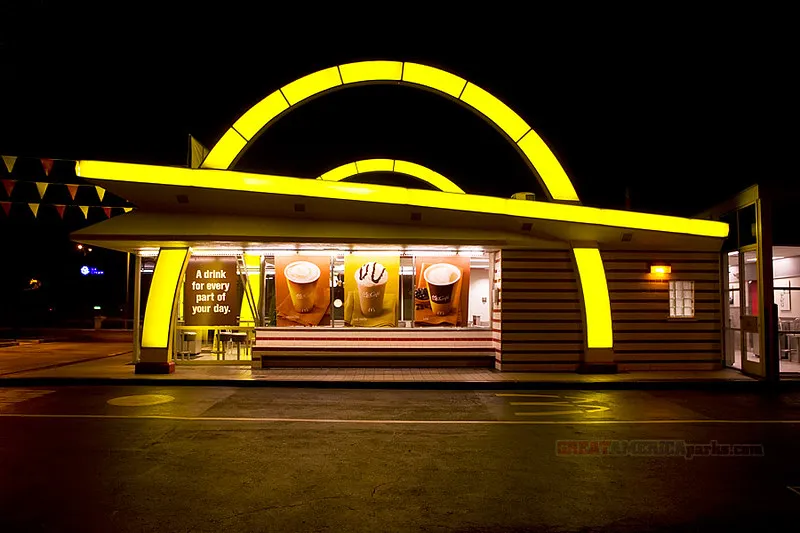
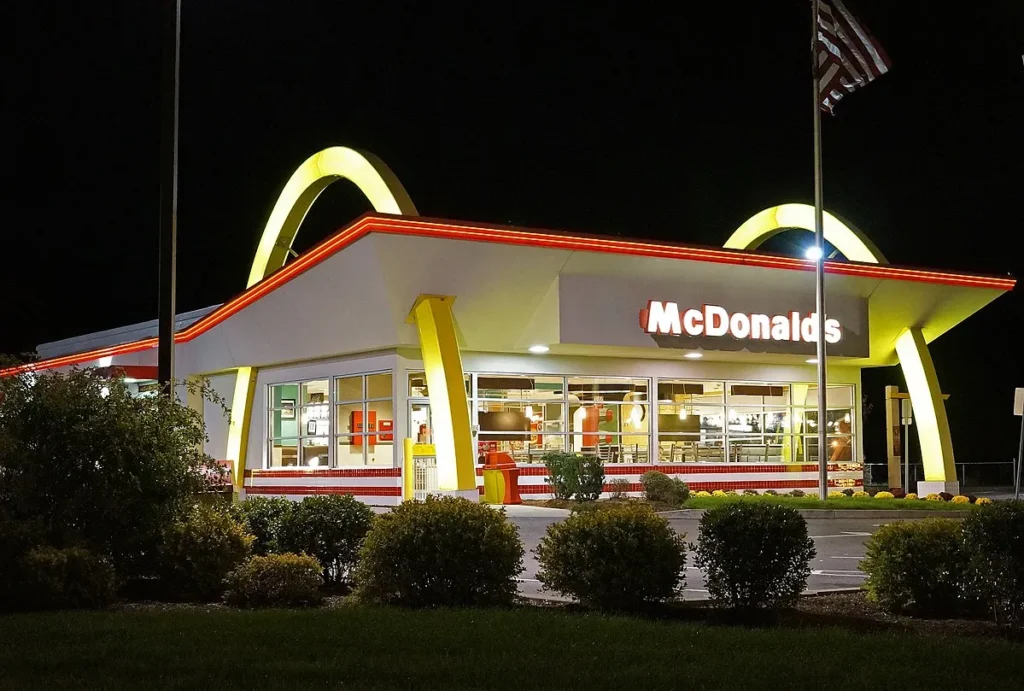
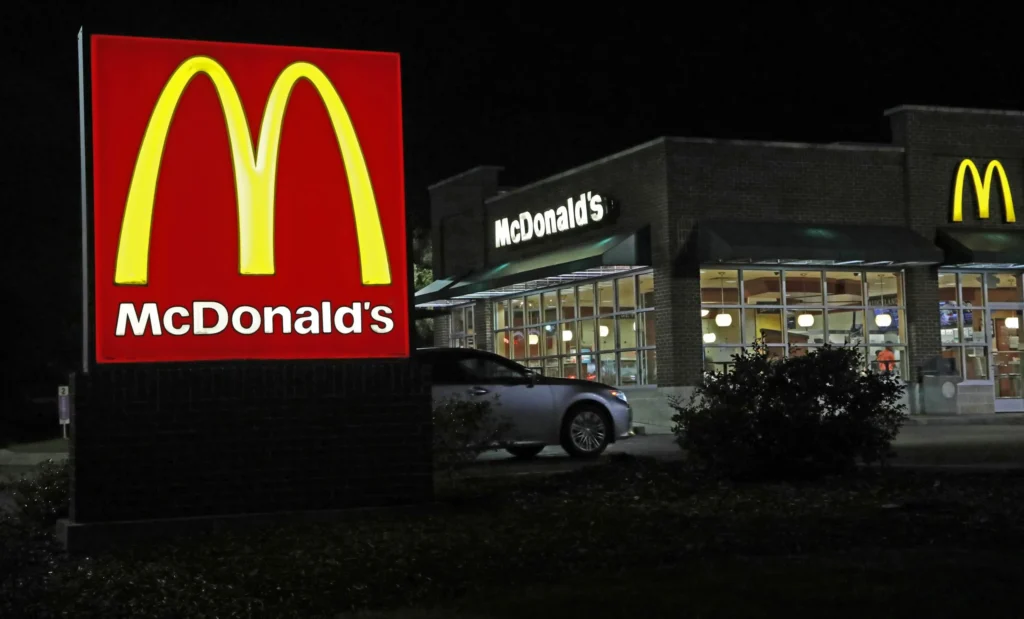

Nike used split-screen visuals to narrate stories of athletes overcoming challenges, paired with motivational copy. The visuals evoke emotions of resilience and determination.
The ad connects emotionally with audiences and reinforces Nike’s image as a champion of perseverance.
Does Nike Need A Brand Makeover —Or What? Check out the Article from Forbes – Click here
IKEA designed region-specific ads reflecting the unique lifestyles and home needs of its audience. For example:
In Europe, the campaign focused on small-space living solutions.In India, it showcased multifunctional furniture catering to joint families and cultural preferences like bright colors.In the Middle East, the ads highlighted spacious, family-oriented living areas.
The ad showcases a Whopper decomposing over time to emphasize its lack of artificial preservatives. Bold and unconventional visuals made it a standout campaign.
This created a global buzz and increased awareness of Burger King’s commitment to natural ingredients.
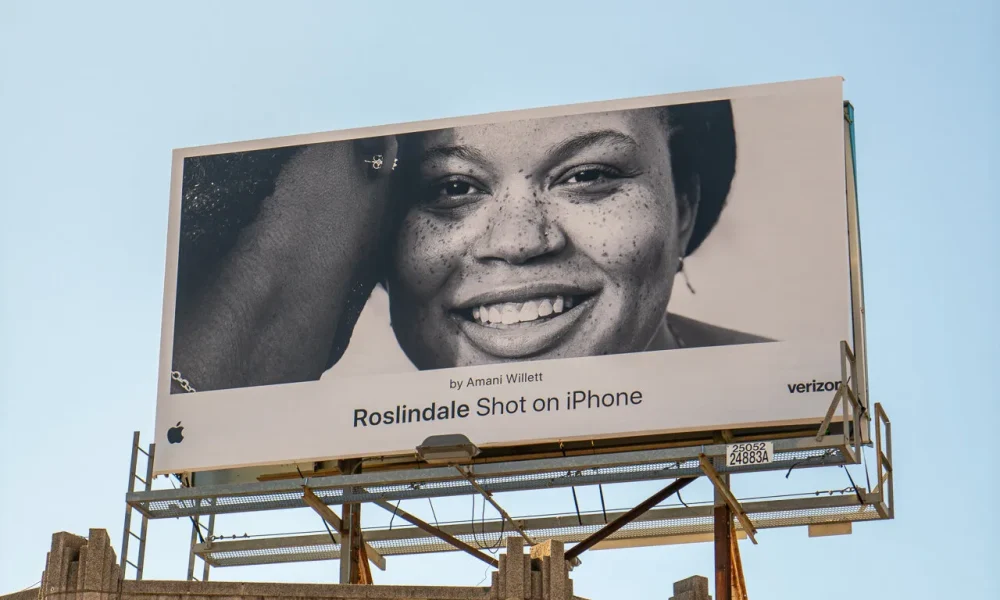
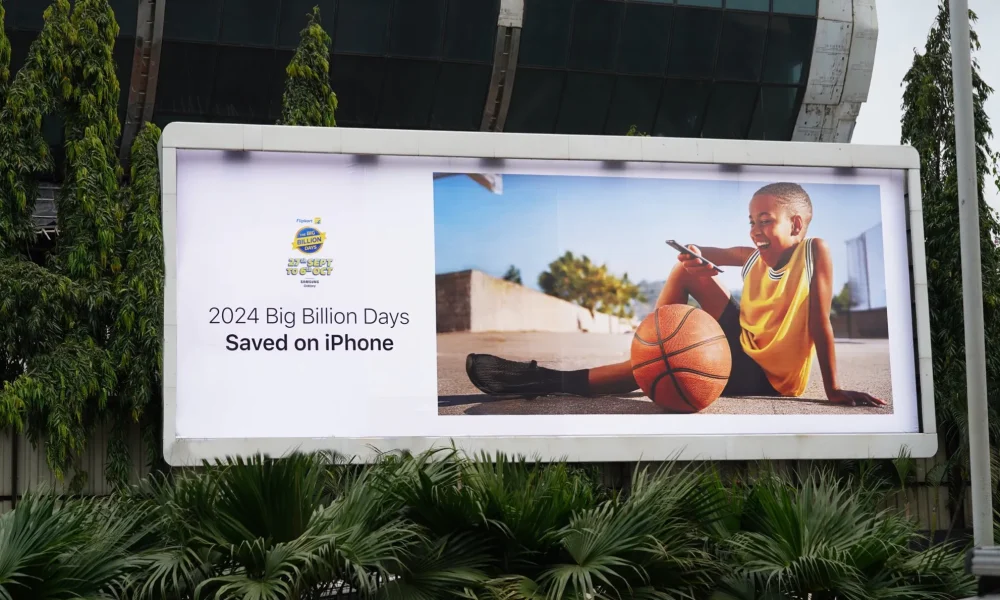
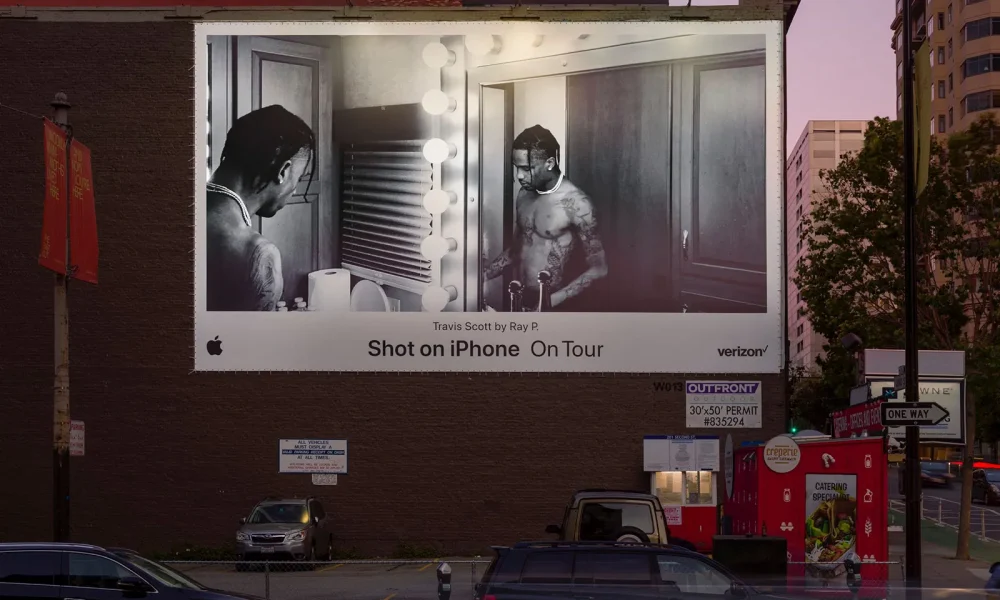
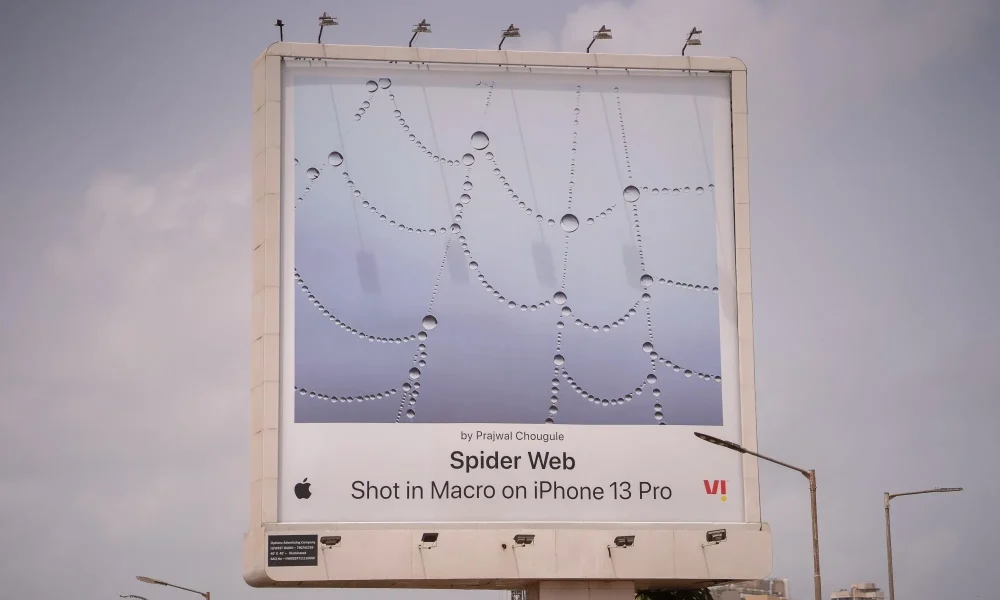


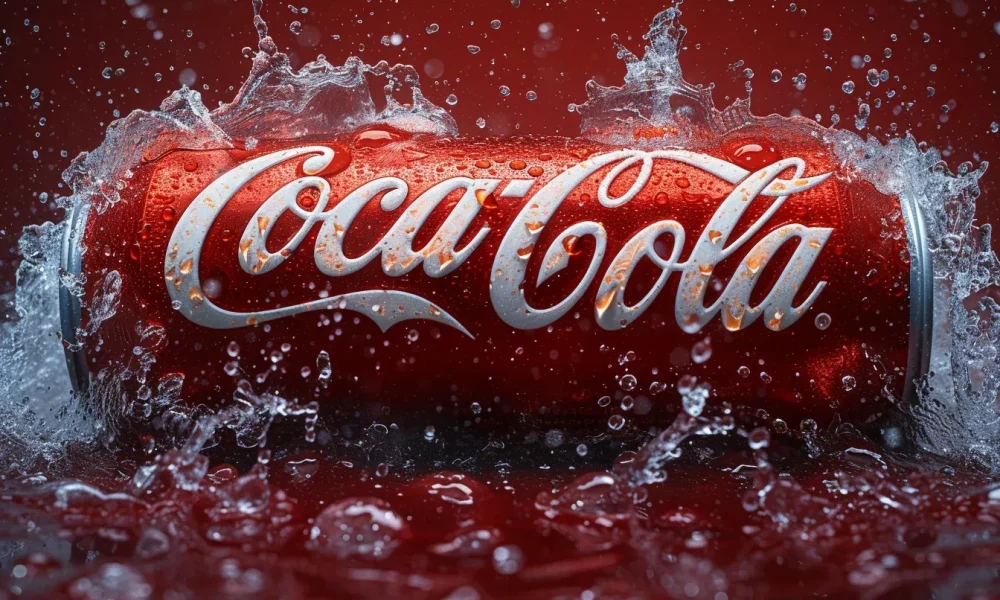

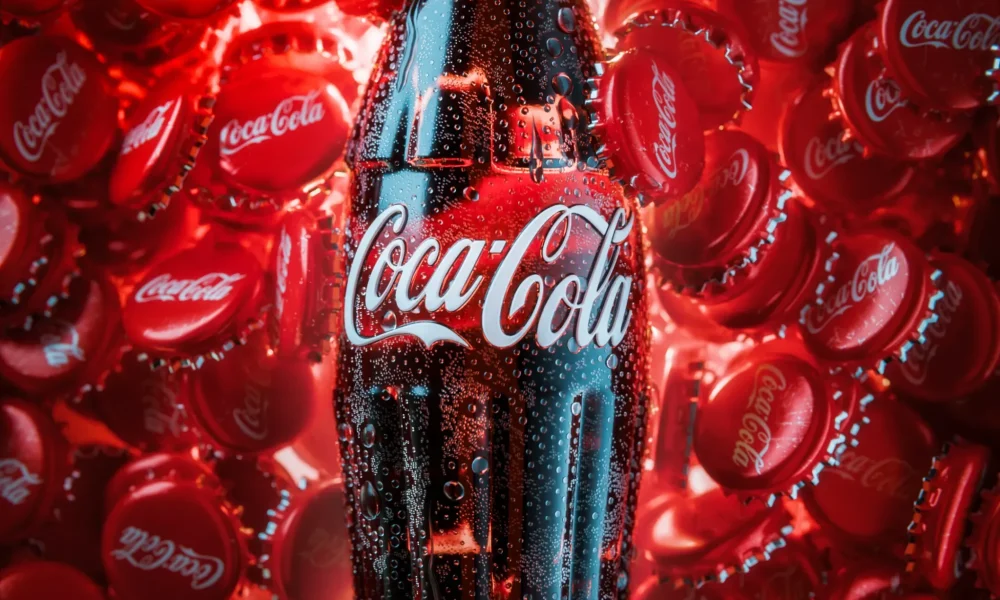
Spotify used bold, modern typography to highlight user stats and playful commentary. Font weights and sizes are adjusted to emphasize key data, ensuring readability across platforms.
This enhanced user engagement and widespread sharing of personalized stats.
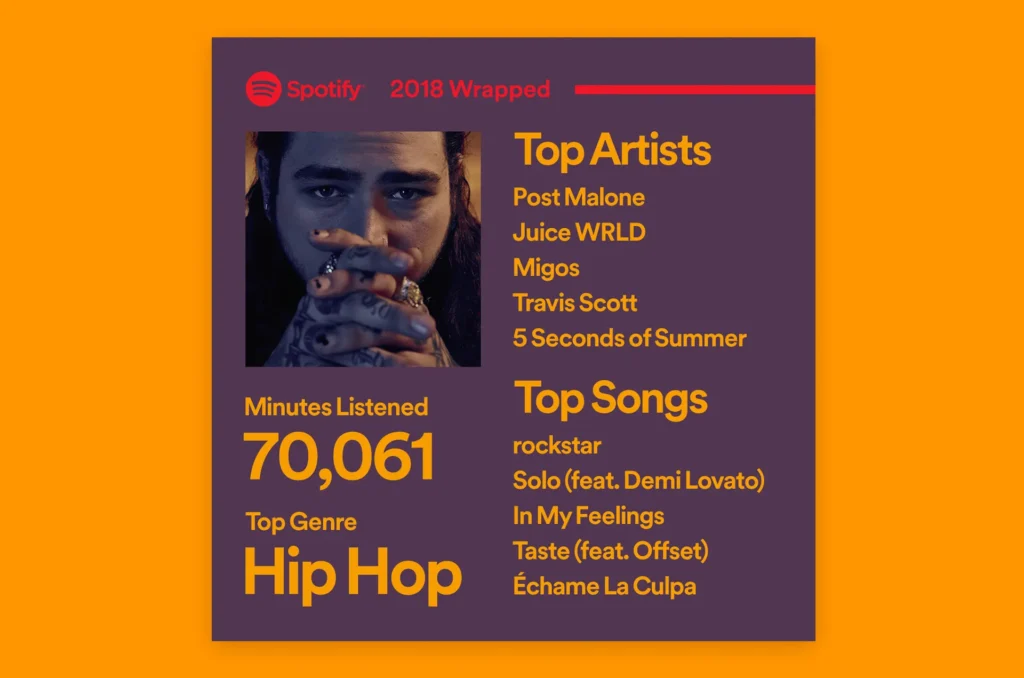
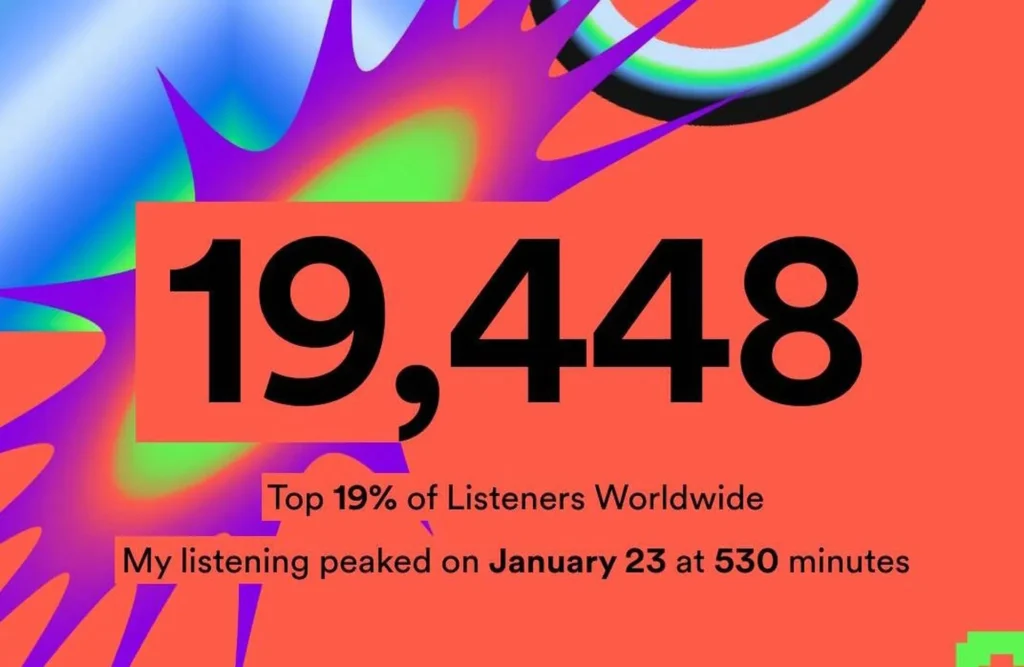
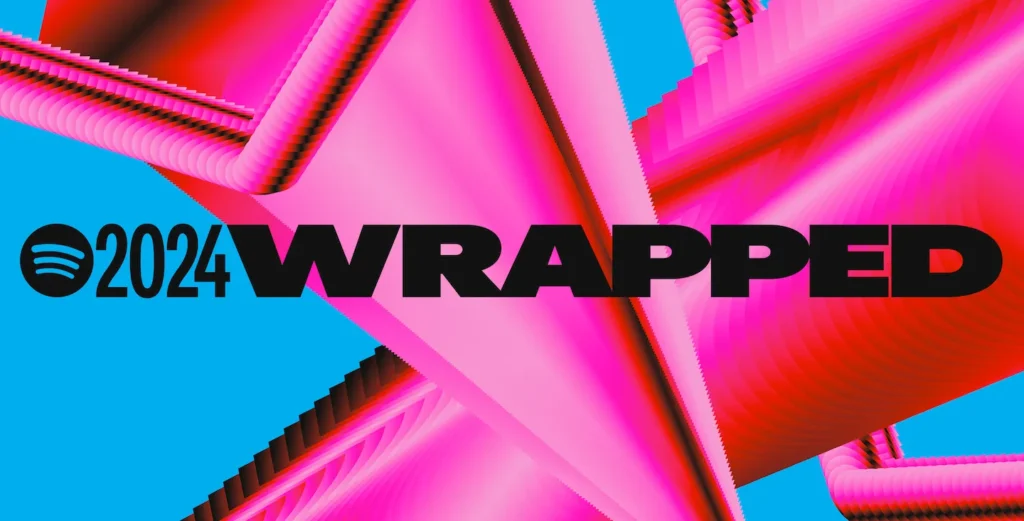
Netflix adapts its promotional materials (trailers, posters, social media teasers) to suit different formats like Instagram reels, YouTube ads, and traditional billboards, ensuring maximum reach.
They used a comprehensive engagement across all platforms by leveraging social media marketing as a game changer for their promotions.

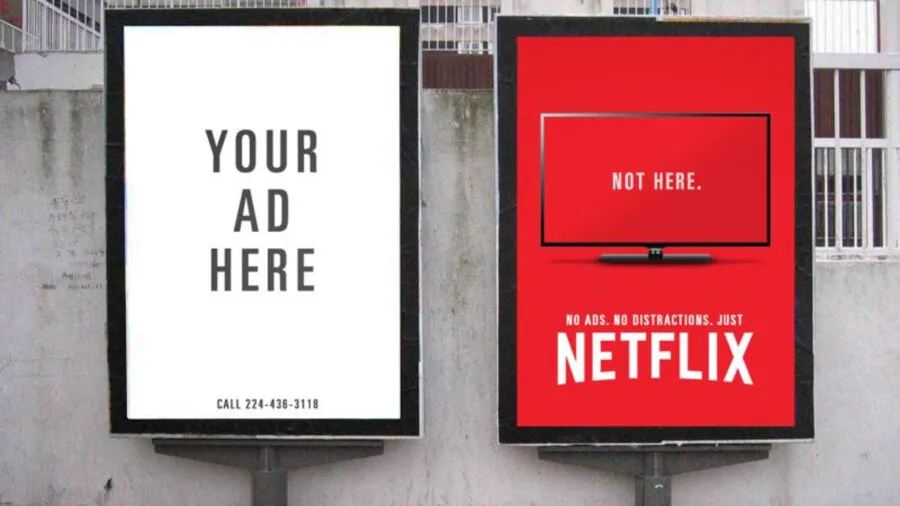
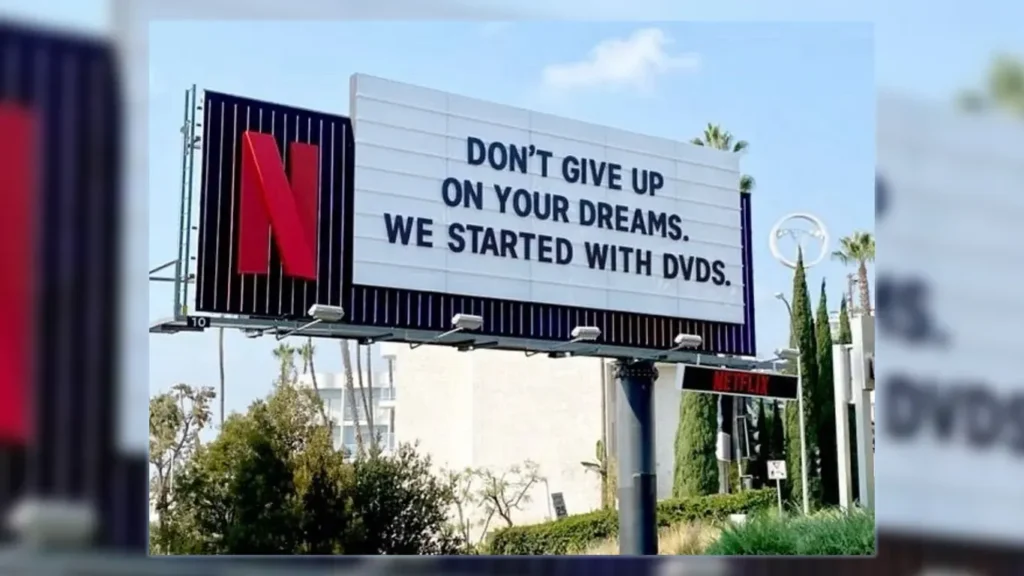
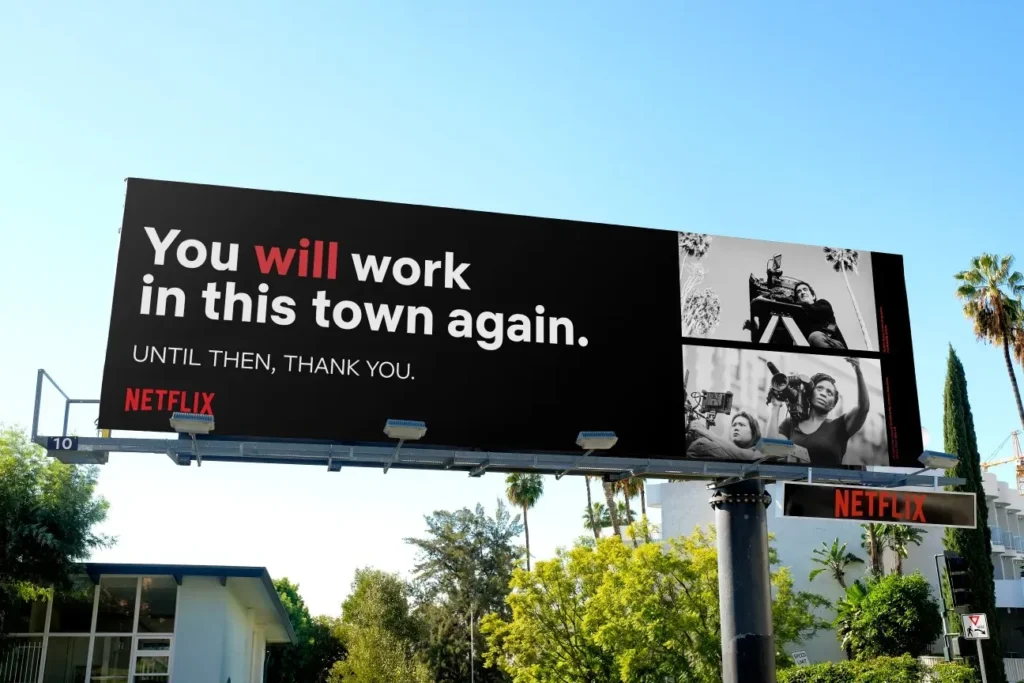
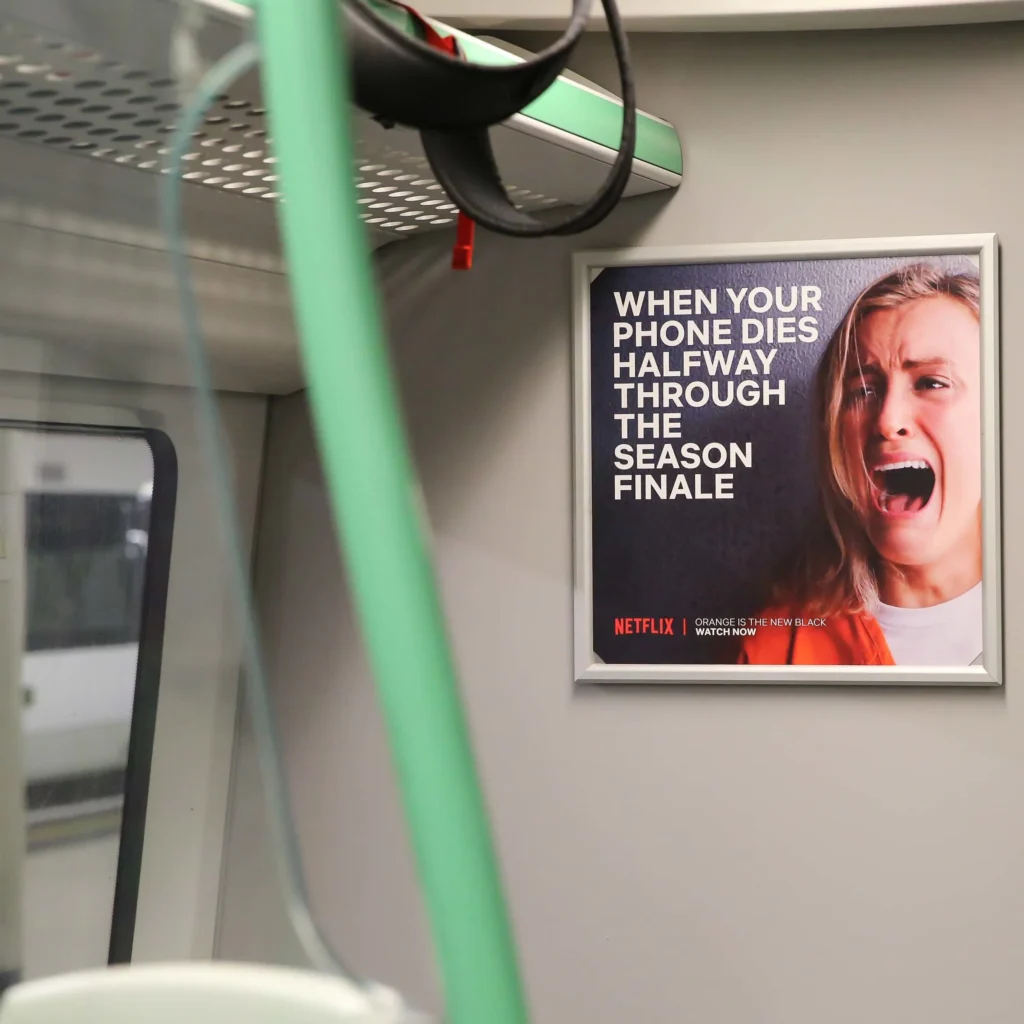




The original campaign used minimalist visuals and witty copy to challenge traditional car ads, emphasizing the Beetle’s small size. Over the years, Volkswagen has revived elements of this campaign, blending its iconic simplicity with modern digital formats and trends like augmented reality (AR).
The campaign remains a classic example of effective advertising while staying relevant through periodic updates that leverage current design and technology trends.
Dove features women of diverse ethnicities, body types, and ages in its ads, avoiding stereotypes and promoting inclusivity.
Positive brand perception and strengthened emotional connections with a global audience.
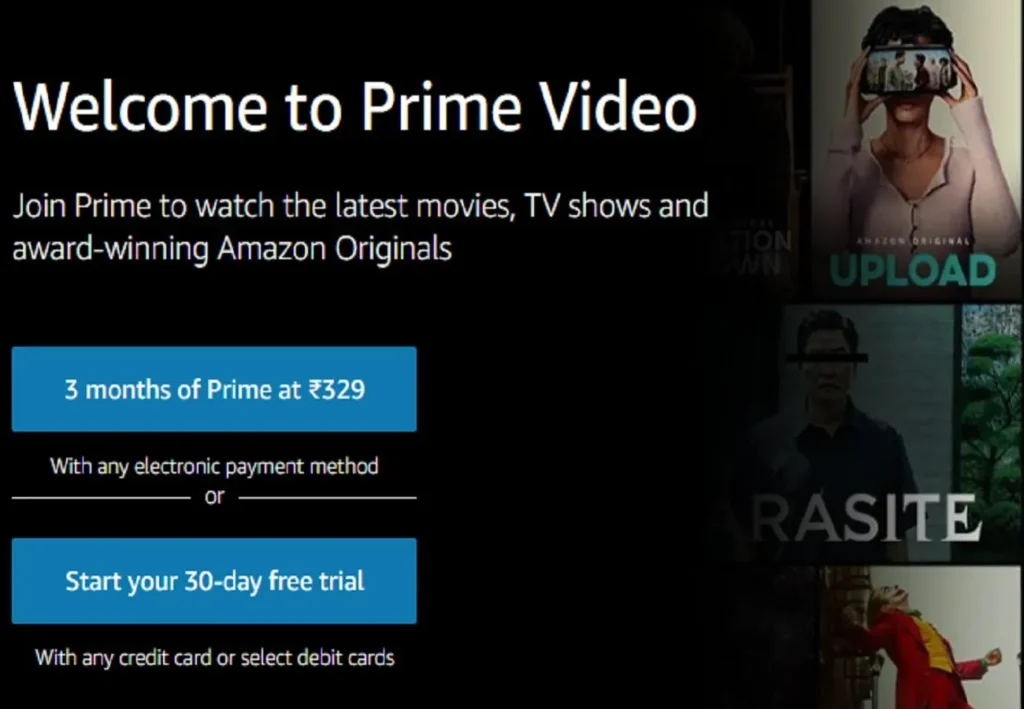
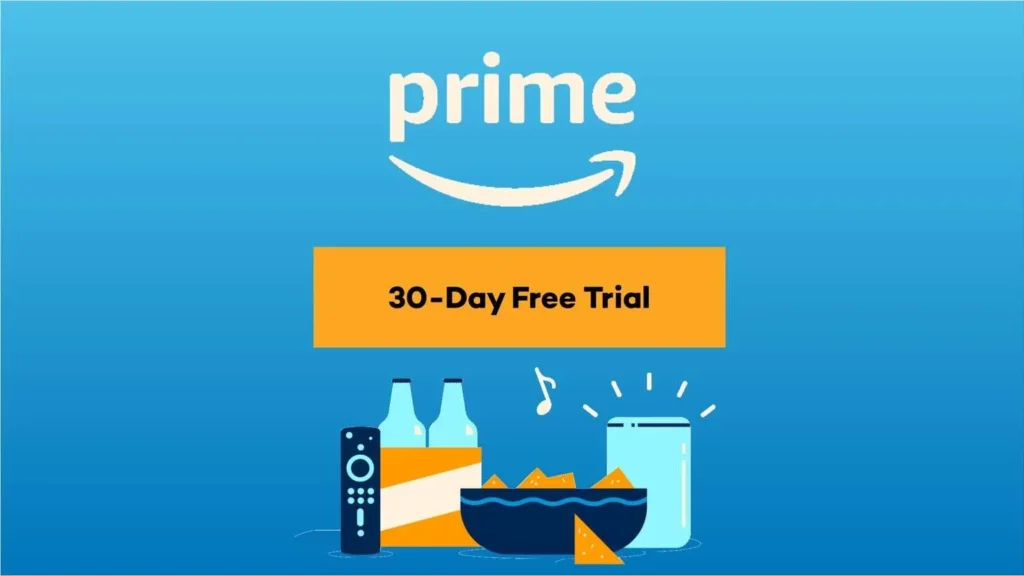
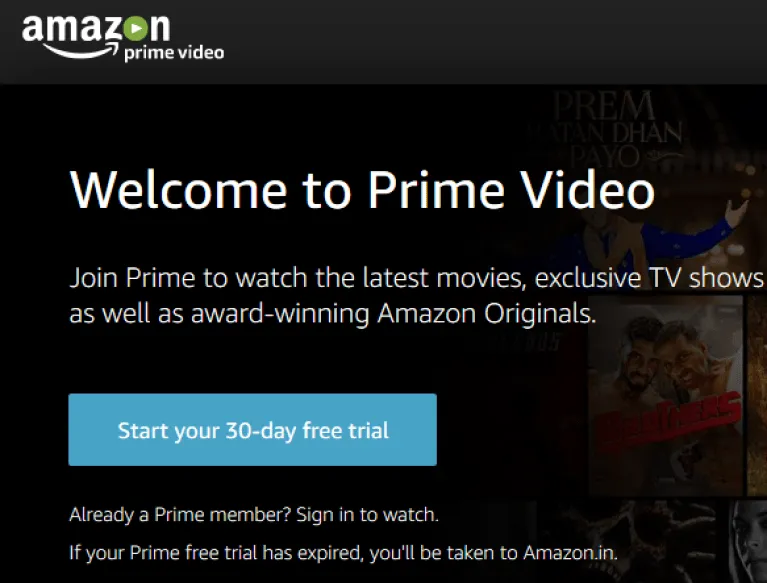

We understand that clear communication is crucial in building successful partnerships, and our FAQs aim to address any doubts or questions you may have.
To effectively use digital marketing for your business, start by defining clear goals, understanding your target audience, and choosing the right platforms. Create engaging content, leverage SEO, social media, and paid ads, and track performance to refine your strategy for better results.
Don’t Worry , WhynameIT will take care of all the services you need.
WhynameIT is the best digital marketing company that excels in crafting personalized strategies to elevate your brand’s online presence. We stand out by combining data-driven techniques, creative solutions, and a strong focus on achieving measurable results to foster business growth.
We offer a full range of digital marketing services – :
Understanding your objectives and target market is the first step at WhynameIT. To guarantee optimal growth and engagement, we then develop a unique digital marketing strategy, carry out campaigns, track results, and make constant improvements.
At WhynameIT, we start by understanding your goals and target audience. We then create a custom digital marketing plan, execute campaigns, monitor performance, and continuously optimize to ensure maximum growth and engagement.
Getting started is easy! Simply contact us through our website, and we’ll schedule a consultation to discuss your digital marketing needs. Let’s work together to create a plan that will transform your online presence.